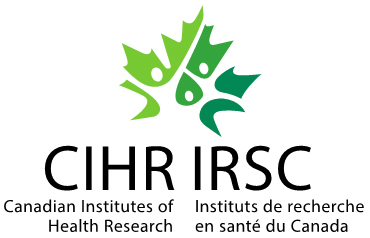Syphilis has been epidemic among gay, bisexual, and other men who have sex with men (gbMSM) in Toronto since the early 2000s, and gonorrhea is now emerging as a new epidemic among gbMSM. This is happening despite enhanced sexual health resources and services in Toronto’s downtown core area, where syphilis and gonorrhea rates are most elevated.
Services have mostly been in the downtown ie. the core areas, guided by “Core Theory” which suggested reaching out to specific groups and core areas. However, this theory is not as useful for bringing modern STI epidemics under control. New ideas about how STIs are transmitted are needed to help folks maintain better sexual health.
The goal of the “Geography of Sex” study is to develop a new theory of STI transmission that builds on and expands Core Theory. We will use this knowledge to update our understanding of how to maintain sexual health and prevent the spread of STIs. This will be used to improve sexual health services and resources.
In 2016, we conducted in-depth interviews with gay, bisexual, and other men who have sex with men in Toronto. From these interviews we learned about:

Published in the journal Archives of Sexual Behavior

Published in the journal STDs

Published in the journal STDs
What Next?
Now we want to improve sexual health care services for guys in suburban areas. This means exploring how guys from the suburbs manage their sexual lives and sexual health, before and during the time of COVID-19. We will start by interviewing guys living in Peel Region (Mississauga, Brampton, or Caledon).
This study is a partnership between the University of Toronto, Moyo Health and Community Services, Region of Peel – Public Health, and Public Health Ontario.



